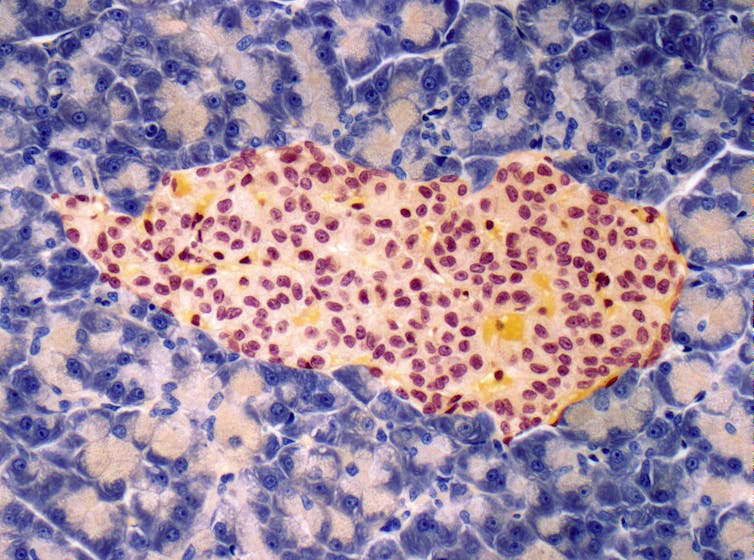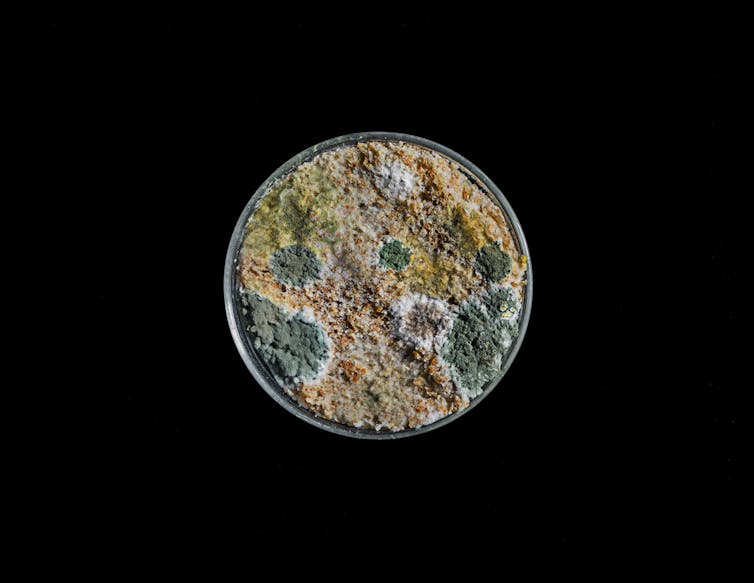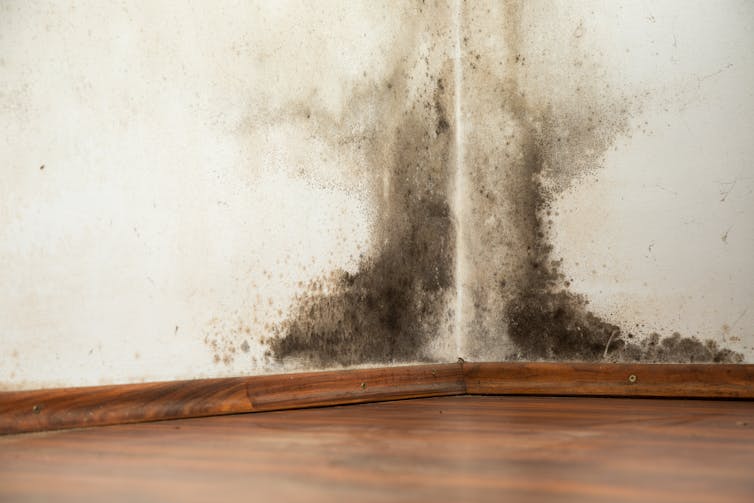
SpaceX, CC BY-NC-ND
Wendy Whitman Cobb, Air University
SpaceX’s upcoming Polaris Dawn mission aims to be historic in more ways than one. Polaris Dawn plans to not only orbit Earth higher than any astronauts have in more than 50 years but to also feature the first private spacewalk.
It’s expected to launch Aug. 27, 2024, and feature a crew of four: the mission’s commander, Jared Isaacman; Scott Poteet, a 20-year Air Force veteran pilot; and SpaceX employees Anna Menon and Sarah Gillis. Launching on a Falcon 9 rocket, they will travel in a SpaceX Dragon capsule named Resilience.

Jonathan Newton/The Washington Post via Getty Images
As a space policy expert, I see this mission as a major step in the development of commercial spaceflight. If successful, this mission will show that private companies are working on developing the capabilities needed to go to the Moon or Mars.
Commercial spaceflight
Polaris Dawn’s time in space will be spent testing communications between it and Earth via Starlink satellites and completing almost 40 experiments. Many of these experiments will study how the human body reacts in low-gravity environments and measure the radiation the capsule receives.
But Polaris Dawn’s biggest task will be the first private spacewalk. The spacewalk will test out SpaceX’s new extravehicular activity, or EVA, suits and learn about how they function in the low-gravity environment of space.
Polaris Dawn is not the first commercial spaceflight mission SpaceX has launched. In addition to providing launch services to NASA, SpaceX also sells flights on its Falcon 9 rocket and Dragon crew capsule to individuals and companies.
SpaceX’s first commercial mission, Inspiration4, launched in 2021. It was led by Isaacman, Polaris Dawn’s commander.
Following that mission, Isaacman purchased three additional flights from SpaceX and worked with the company to start the Polaris program. While neither Isaacman nor SpaceX have released exact numbers, seats on the Dragon have sold previously for about US$55 million.
Polaris Dawn is just the first of three planned Polaris missions. While few details have been released about the second, the third mission will be the first launch of SpaceX’s Starship with humans on board.
High-flying orbit
Given SpaceX’s ambitions to conduct its own missions to the Moon and Mars, it will need to develop and test the many elements that such missions will require. It will need to design and test EVA suits, complete longer missions that mimic the time needed to get to places such as the Moon and demonstrate an ability to communicate with Earth.
Polaris Dawn’s high-flying orbit will send humans farther from Earth than they have been in more than 50 years.
At its peak, Polaris Dawn plans to reach an orbit of more than 850 miles (1367 kilometers) from Earth. That’s more than twice the distance between Earth and the International Space Station, which orbits about 254 miles (408 km) up. It’ll also be the highest orbit humans have reached since the Apollo program sent astronauts around and to the Moon.
Testing new suits
Perhaps more importantly, the spacewalk will test out SpaceX’s new EVA suits. Developing these suits is perhaps one of the most difficult tasks to accomplish.

SpaceX, CC BY-NC-ND
NASA learned early on that spacesuits are incredibly tricky. They must provide life support and protection from the space environment while allowing astronauts to move about. This is particularly tricky, as fully pressurized suits are bulky and hard to move in, leading to exhaustion.
NASA developed its current generation of EVA suits in the 1980s. Just this summer, NASA canceled several spacewalks because of suit discomfort and coolant leaks.
The Polaris Dawn crew is scheduled to conduct their extravehicular activities on Aug. 30. To do so, they will lower their orbit to approximately 434 miles (700 km) to reduce the crew’s exposure to radiation.
All four of Polaris Dawn’s crew members will suit up for the spacewalk. After depressurizing the entire capsule, two of the crew – Isaacman and Gillis – will leave the relative safety of the Dragon capsule to spend approximately two hours in space.
A charitable cause
Polaris and Polaris Dawn are seeking to raise money for children’s cancer research while also expanding SpaceX’s capabilities for space exploration. As a tech billionaire, Isaacman has a long history of charitable giving.
Like Isaacman’s earlier Inspiration4 mission, Polaris Dawn is also raising funds for St. Jude Children’s Research Hospital, in one case soliciting donations in return for Doritos chips specially developed for space.

AP Photo/John Raoux
Isaacman’s commitment to coupling this mission with his philanthropy suggests that he understands many people’s critiques of the so-called billionaire space club. These arguments often include the idea that billionaires such as Elon Musk and Jeff Bezos would help people more by spending their money on things like poverty alleviation rather than on space missions.
While private missions like this aren’t funded by tax dollars and don’t require public support, Isaacman’s decision to make St. Jude a partner creates tangible and immediate benefits on Earth.
Like many of SpaceX’s activities, Polaris Dawn is ambitious, but it is necessary for the company’s future plans. Before SpaceX can run to Mars, it must first walk – or spacewalk, to be more precise.![]()
Wendy Whitman Cobb, Professor of Strategy and Security Studies, Air University
This article is republished from The Conversation under a Creative Commons license. Read the original article.




















































